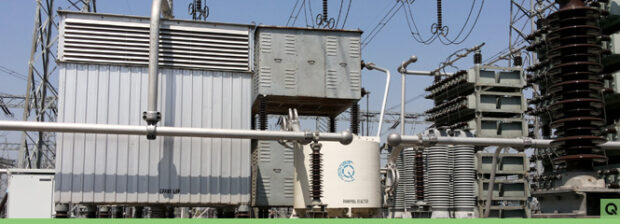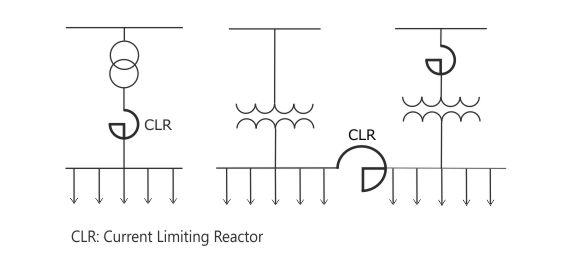In the intricate world of electrical engineering, the current-limiting reactor stands as a pivotal component, designed to protect systems from the potential chaos of overcurrents. Whether youre an experienced engineer or a novice getting acquainted with power systems, understanding how to size a current-limiting reactor is essential.
The process involves a confluence of technical knowledge and practical experience, straddling the line between theory and application. From grasping the nuances of circuit behavior during fault conditions to calculating the appropriate inductance values, every decision carries weight.
As we delve into the methodologies, considerations, and calculations that underpin reactor sizing, the journey promises to unveil the delicate balance between efficiency and safety, ensuring that your electrical systems remain robust and reliable in the face of adversity.
Introduction to Current Limiting Reactors

Current limiting reactors (CLRs) play a vital role in modern electrical systems by managing fault currents and enhancing overall system stability. These inductive devices are strategically placed within power distribution circuits to limit the maximum current that can flow during fault conditions, effectively protecting equipment and reducing the risk of catastrophic failures.
By employing principles of electromagnetic induction, CLRs can dampen inrush currents, curtail short-circuit currents, and improve the reliability of both transmission and distribution networks. Their design is not merely functional but also complex, often requiring a deep understanding of the operating environment, load characteristics, and fault scenarios.
This complexity allows engineers to tailor their specifications to suit specific applications—ensuring safety and efficiency go hand in hand. Understanding how to size these reactors becomes essential for maintaining the delicate balance between operational integrity and equipment protection.
Understanding the Principles of Current Limiting

Understanding the principles of current limiting involves delving into the delicate balance between protecting electrical systems and maintaining operational efficiency. At its core, a current limiting reactor acts as a safeguard, absorbing excess current during fault conditions, thus shielding equipment from damage.
Imagine a circuit where, in the event of a short circuit, the reactor steps in like a reliable guardian, restricting the flow of fault current to a manageable level. This protective measure not only prevents catastrophic failures but also helps in coordinating protection schemes across various components of the electrical system.
The design considerations are multifaceted; factors such as the reactors inductive reactance, the expected fault current magnitude, and the duration of fault conditions must all be meticulously evaluated. It’s a dance of engineering precision, where every decision reverberates through the network, influencing system stability and reliability with every surge and dip.
Key Considerations for Sizing
Sizing a current limiting reactor involves a blend of technical understanding and practical application, making it imperative to consider several key factors. First and foremost, the system voltage and current ratings play a critical role; you must precisely match these to ensure optimal performance.
Additionally, the expected fault levels must be evaluated—too low and the reactor will be ineffective, too high and it could compromise equipment integrity. Dont overlook the reactors inductance, as this influences how it interacts with the system during fault conditions. Moreover, ambient temperature and installation environment can affect the reactors performance; thus, factoring in thermal ratings is essential.
Finally, age and future operational plans for the system should also guide your selection, ensuring that the reactor remains relevant and effective as system demands evolve. Each consideration intertwines to create a comprehensive picture that informs the best sizing choices.
Conclusion
In conclusion, sizing a current limiting reactor is a critical process that ensures the safe and efficient operation of electrical systems. By carefully considering parameters such as system voltage, line characteristics, and fault current levels, engineers can accurately perform current limiting reactor sizing calculations to determine the optimal reactor rating.
This not only enhances system stability but also protects equipment from potential damage caused by excessive fault currents. With proper sizing, current limiting reactors can significantly improve system reliability, efficiency, and safety, making them an essential component in power system design and management.




